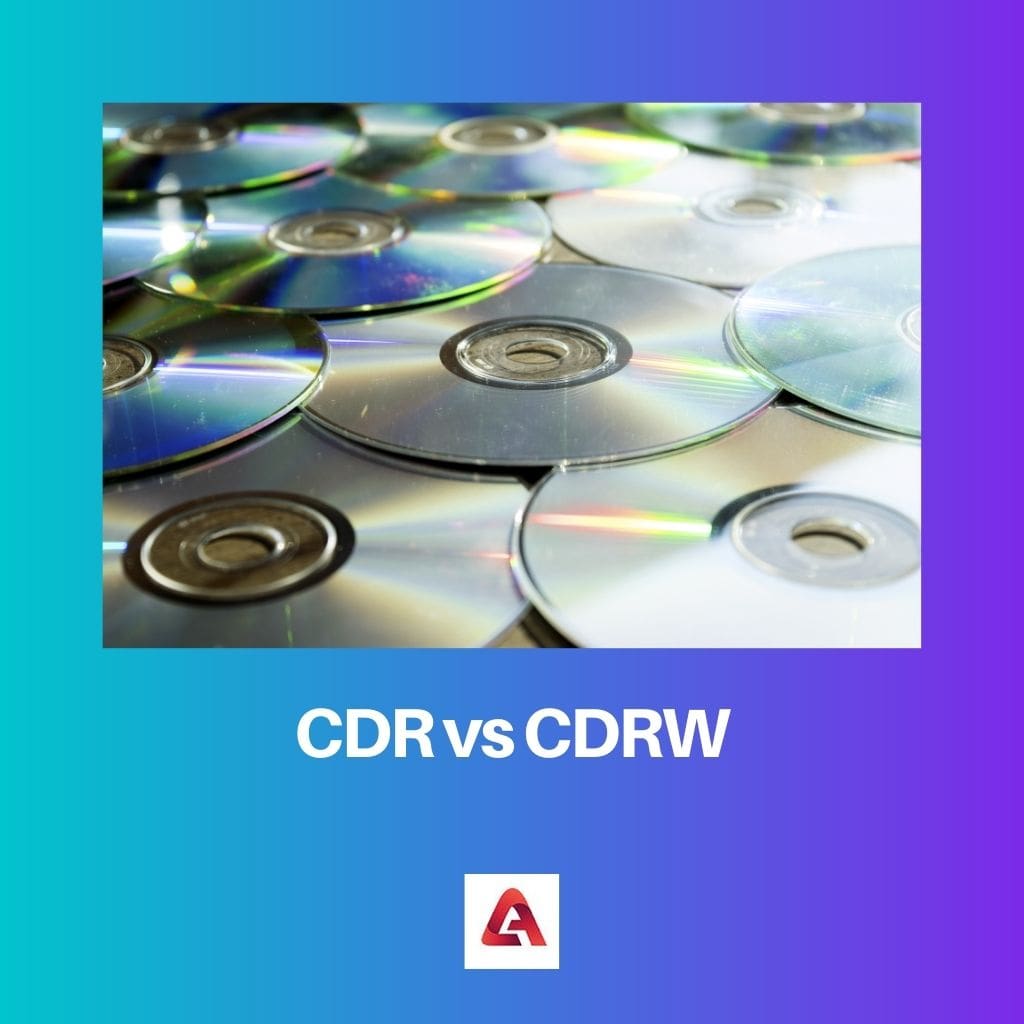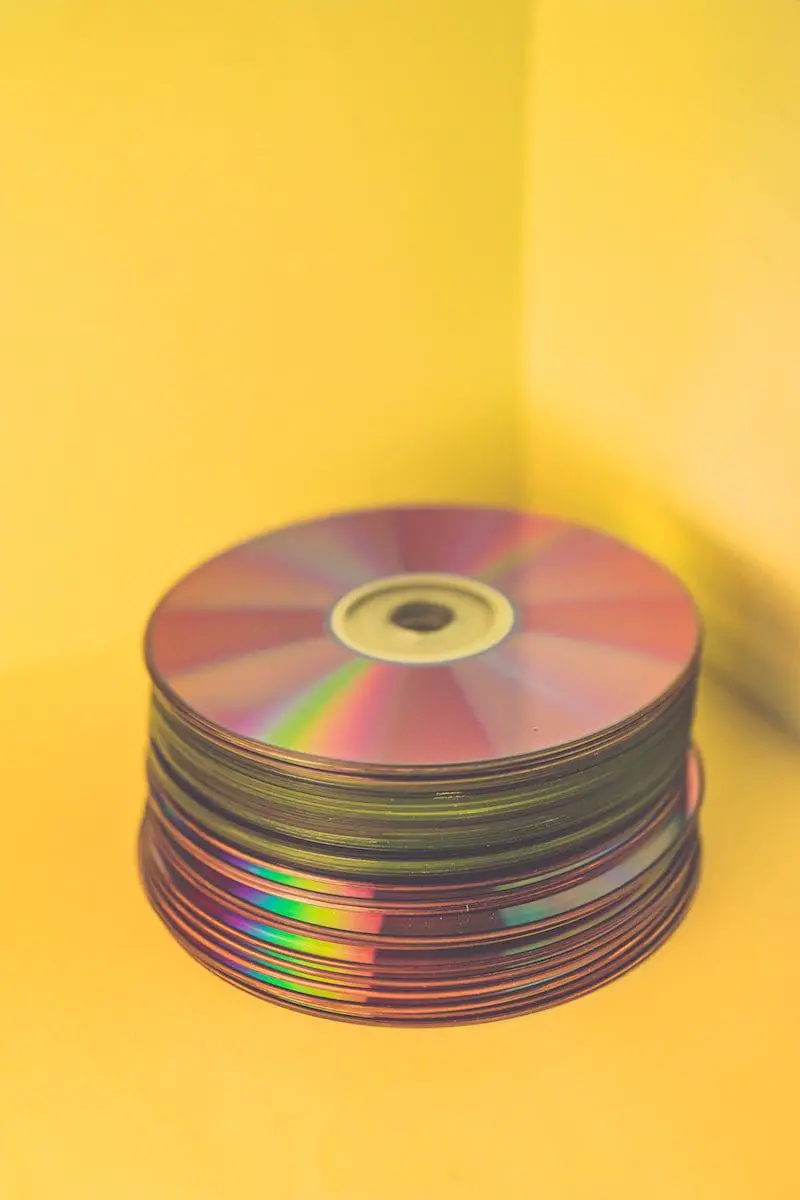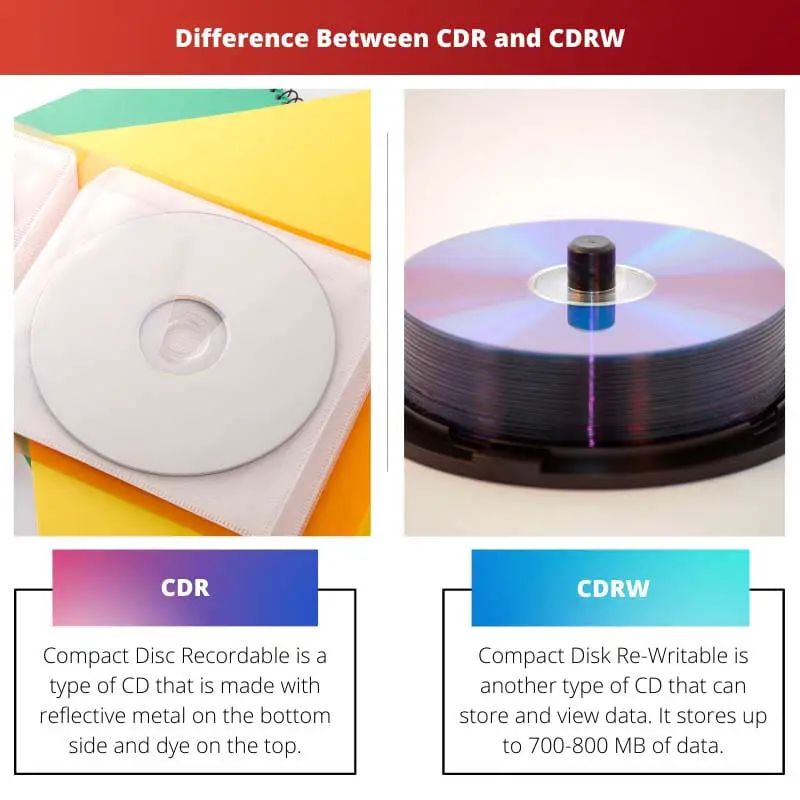The revolution of the entertainment industry happened when they found that recorded data could be stored for multiple uses on different discs as films or as recorded data.
The oldest one is the re-winding cassette and the cassette player. Others are CDs, discs, and tape recorders.
Though cassettes have drastically decreased, the use of CDs has not in modern times. This is because of their ability to store data for a long time or their usefulness for transferring data.
There are various types of CDs unknown to many, including CDR and CDRW.
Key Takeaways
- CDR (Compact Disc Recordable) and CDRW (Compact Disc Rewritable) are optical storage media used for digital data and audio; CDR can be written to once, while CDRW can be rewritten and erased multiple times.
- CDR discs are more compatible with standard CD players and devices than CDRW discs; CDRW discs may be readable by only some CD players and require specific hardware and software to rewrite and erase.
- CDR discs are more suitable for archiving data or creating permanent copies, while CDRW discs are better for temporary storage and frequent rewriting.
CDR vs CDRW
The difference between CDR and CDRW is that although CDR and CDRW can store700-800 MB data, the data stored in CDR cannot be erased or re-written, whereas the data stored in CDRW can be re-written if the existing data is erased. So CDRW is reusable.

CDR or Compact Disc Recordable is a CD that cannot be rewritten even though it has 700-800 MB storage. These are the most commonly used CDs made of reflective metal for the bottom and a dye for the top.
This dye stores the data that is read and played by any CD player.
CDRW or Compact Disc Re-Writeable is another CD type with 700-800 MB storage, but the data can be rewritten. The only condition is that the previously existing data has to be erased.
This is also reflective material, but the top has special metal instead of dye.
Comparison Table
| Parameters of Comparison | CDR | CDRW |
|---|---|---|
| Abbreviation for | Compact Disc-Recordable | Compact Disc-Re-Writeable |
| Material used | CDR uses dye on top | CDRW uses special metals on top. |
| Storage | 700-800 MB that can only be viewed and not edited | 700-800 MB but the data can be re-written after removing the existing data |
| Cost | Low cost | More than CDR |
| Speed | Comparatively fast. | Is slower in reading than CDR |
| Compatibility | Is compatible with all CD readers or players | Though it is more recent, it cannot be read by all CD players/ |
| Usage | Long-term data storage | For transferring data |
What is CDR?
CDR, or Compact Disc Recordable, is a type of CD made with reflective metal on the bottom and dye on the top. They are used to store data for a long time and have a storage of 700-800 MB.
They are read-only disks. Once stored in the disc, the data cannot be removed or replaced. In other words, the CDR data cannot be rewritten or erased.
So it is a multi-sessional disk on which different data types, like audio, video, etc., can be written.
Once the data is stored, it is then converted to CD-ROM so that the stored data can be viewed. This is done by a CD player that can read and play the data stored in CDs.
Almost all the CDRs are compatible with all types of CD players.

What is CDRW?
CDRW or Compact Disk Re-Writable is another type of CD that can store and view data. It stores up to 700-800 MB of data.
Once stored on a CD-RW, the data can be rewritten if the already existing data is erased. So, a CD-RW can be used multiple times.
The disadvantage of CD-RW is that it is incompatible with all the CD players. The old CD players cannot read CDRW.
CDRW also costs more than CDR. This owes to the fact that they can be used multiple times as the data in a CDRW can be rewritten.

Main Differences Between CDR and CDRW
- CDR stands for Compact Disc-Recordable, commonly known as CD, whereas CD-RW or CDRW stands for Compact Disc Re-Writeable. They are also commonly called CDs since they use CD players to read.
- Though all CDs use reflective metal as their main material, the difference between CDR and CDRW is that CDR uses dye on top, whereas CDRW uses special metal.
- CDR and CDRW have 700-800 MB storage, but the data stored in CDR can only be viewed. The data stored in CDRW can be rewritten once the existing data is erased from its memory.
- The cost of a CDR is lower than CDRW. But the higher price of CDRW is since they can be rewritten.
- The speed of the two discs is also different. Though the data of CDR cannot be rewritten, they are read and interpreted faster by CD players as compared to CDRW.
- CDR is compatible with all CD players, whereas CDRW is incompatible with older ones. The old CD players cannot read the data stored in CDRW.
- Even though CDR cannot re-write data, they are highly used as the disc to store long-term data. At the same time, CDRW is used mainly for transferring data.

- https://www.spiedigitallibrary.org/conference-proceedings-of-spie/3806/0000/CD-R-and-CD-RW-optical-disk-characterization-in-response/10.1117/12.371149.short
- https://www.cambridge.org/core/journals/microscopy-and-microanalysis/article/data-storage-on-cdr-and-cdrw-future-and-achieving/B8FF29AAE7655E5EC3EB56A4F6F7F788